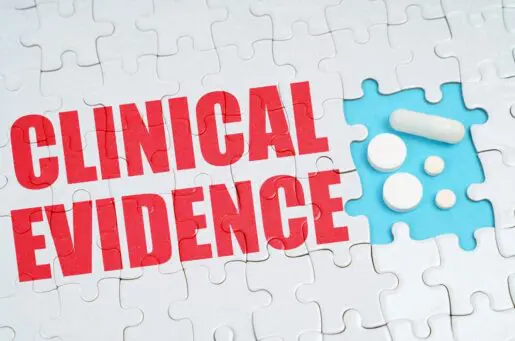Bioethics Forum Essay
For a Survivor, it’s Not Easy Being Pink
I am a breast cancer survivor and I am not a fan of the huge “pink” industry that has developed around breast cancer. We have ribbons, pins, and bands. We have races and walks. We even have our own month, October: National Breast Cancer Month. It’s, funded in part by AstraZeneca, the drug company that developed Tamoxifen and agrochemicals, including the carcinogenic herbicide acetochlor.
Why October? Who knows. Perhaps too many people are on vacation in August to maximize profits. In September, women are busy getting the kids off to school. In November and December, we’re busy spending money on Thanksgiving feasts and Christmas presents. It makes fiscal sense, then, that October is a prime time for pink spending.
Why Ribbons? Why Pink? Where did the pink ribbon come from?
In the early 1990’s, Charlotte Haley became an activist. All the significant women in her life had breast cancer. She began making peach-colored ribbons in her home and handing them out local grocery stores with cards that read: “The National Cancer Institute’s annual budget is $1.8 billion, only 5 percent goes for cancer prevention. Help us wake up our legislators and America by wearing these ribbons.”
Eventually, her campaign got the attention of Estée Lauder andSelfmagazine. They asked Haley for permission to use her ribbon. Not wanting to commercialize her activism, she refused. ButSelfand Lauder really wanted that ribbon. So, lawyers told the cosmetics giants to pick a different color. Hence, the genesis of pink.
I found it fascinating to learn how Estée Lauder picked which pink to use. It selected one of its all-time best selling colors, a consummately popular, safe, and eye-catching shade of pink.
“Pink is the quintessential female color,” said Margaret Welch, director of the Color Association of the United States, in an article inMAMMmagazine in 1998. It is playful and life-affirming, calming, and stress reducing. “You can’t say a bad thing about it,” she continued. “Pink, is in other words, everything cancer notably is not.”
As a survivor, I’ll tell you that none of this feels particularly supportive. It feels opportunistic and exploitive. These corporations target women’s ties to beauty and clothing, both of which take a major hit from cancer, to sell products. What does it mean that mega-millions aim at the core of women’s femininity, sexuality, beauty, all of which are attacked by breast cancer?
These advertising campaigns are created to give people, and women in particular, the impression that when they buy pink, they’ve made a difference, that they’ve done something good. It’s a twist on retail therapy. Yes, some money actually goes to breast cancer organizations. Cause-related marketing generates widespread recognition, and significant funding for breast cancer research, education, and treatment.
But the major benefactors of pink ribbon retail are the corporations. And mainly what we’re buying are illusions and feelings.
There’s nothing pink about cancer, nothing like we’re all women here, go team. This marketing softens the edges, blurs the scars. Cancer is ugly. It’s evil. It’s tragic. And shopping cannot cure it.
Avis Begoun, Ph.D., a clinical psychologist in private practice in California, writes and speaks on women’s issues and cancer survivorship.
Posted by Susan Gilbert at 10/09/2012 10:33:57 AM |












